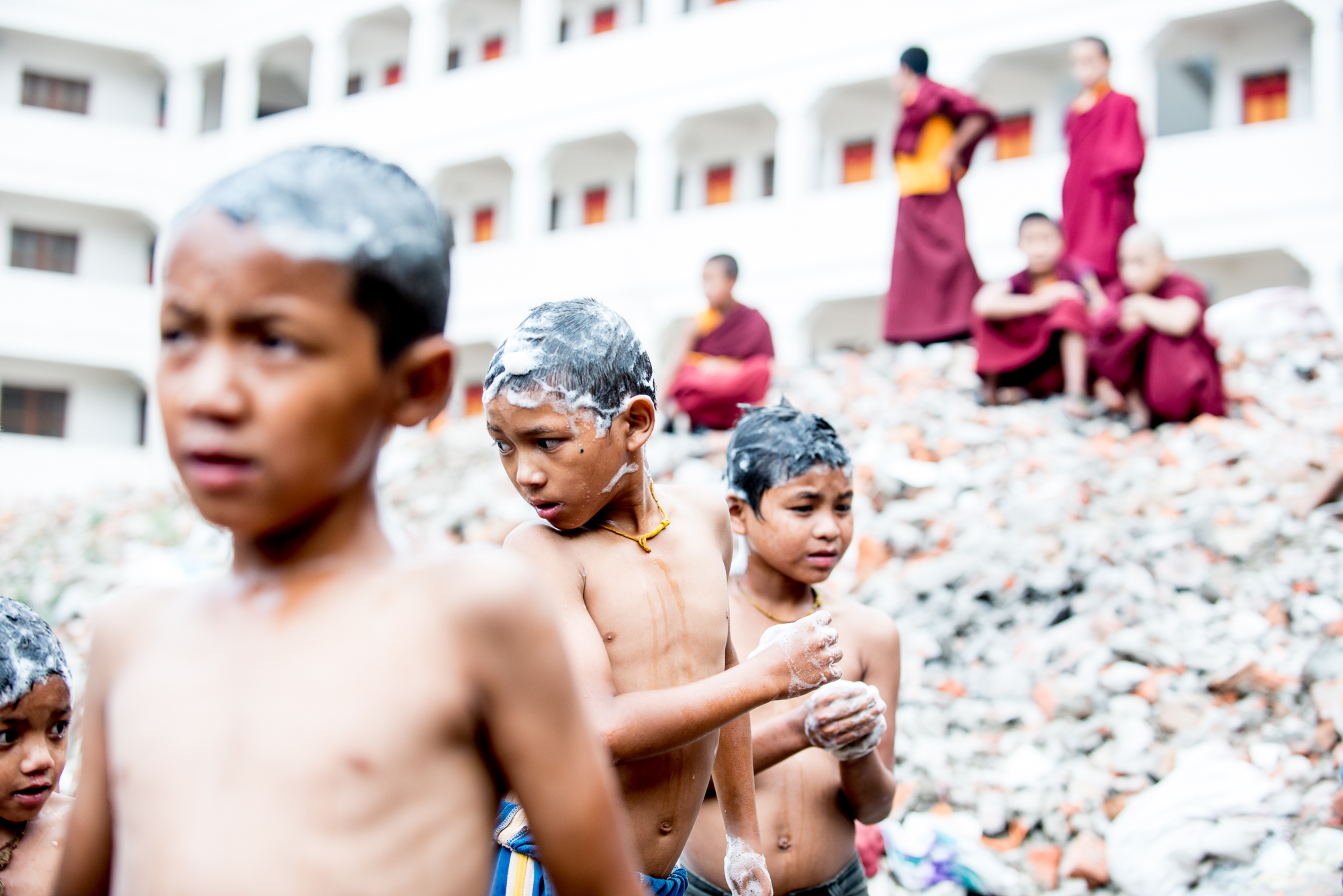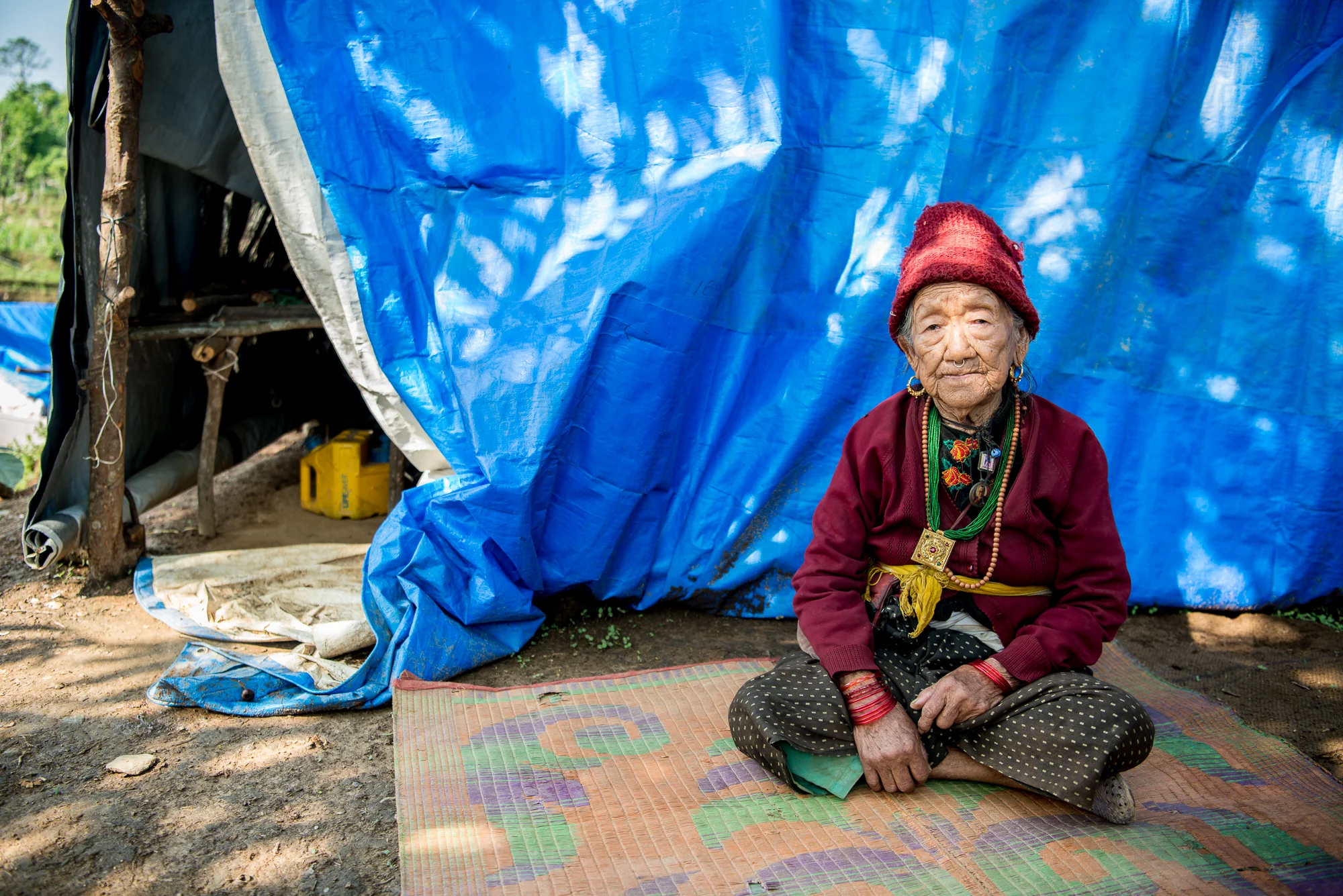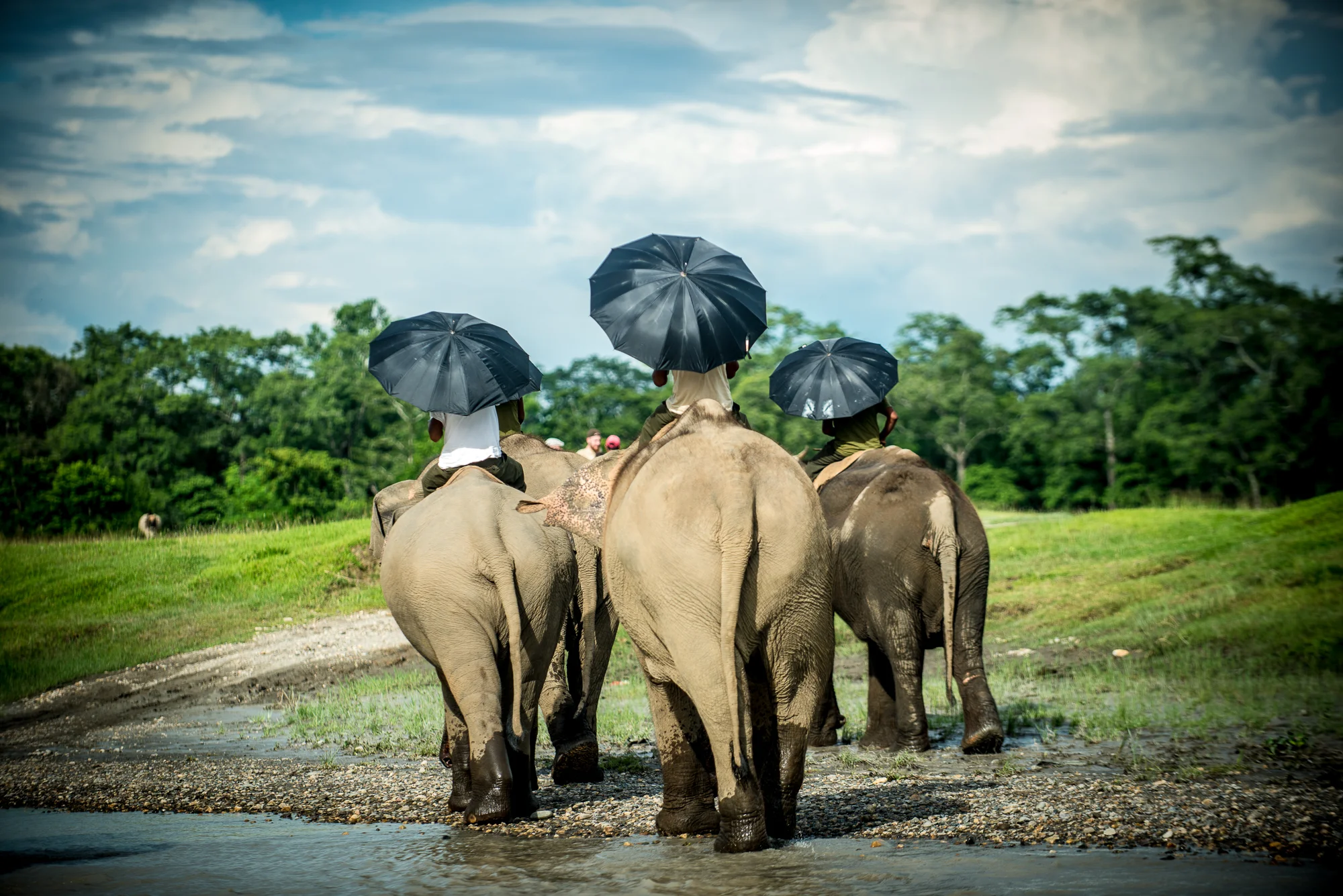A Year In Review: A Photographer in Nepal
A Year In Review for A Photographer In Nepal
As my first year in Nepal draws to an end I’m feeling nostalgic about all that I saw and did this year. Nepal is an incredible place and it’s not hard to see why so many people are drawn to its magic. I spent 2016 wandering its streets, trying to make sense of all I’ve seen with my camera.
I thought it would be appropriate to end my year of story by choosing twelve stories (one for each month) that have left the greatest impression on me since my arrival. Some cover work that I did, many opened a door for me to learn more about culture and religion, and some I stumbled across by accident. Regardless of how these experiences happened, I’m grateful to live in a place that has such an abundance of culture, faith, and truly kind people.
Maha Shivaratri
Maha Shivaratri is a Hindu festival celebrated annually in honor of the god Shiva. It symbolizes overcoming darkness and ignorance in life and the world.
I participated in this festival with a local Nepali photographer who had been photographing it for several years. His relationship with the sadhus (Hindu holy men) makes it possible for me to take this spectacular image.
These three sadhus can be found in the first shrine on the corner across from Pashupati temple on any given day in Kathmandu. I once witnessed them forcibly boot out a visiting sadhu who had unfortunately chosen to set up shop in their designated spot. Their relationship with each other draws me back to the Pashupati.
Madhav Narayan
Madhav Narayan is a festival and one of the most difficult rituals practiced by Hindus in Nepal. Devotees undertake a month-long fast, walk barefoot in the cold winter mornings, and take a chilly, holy bath in the Hanuman River by the early light of day.
Around me, women loosen their hair and prepare their offerings before entering the freezing water. They disregard the trash that floats up around them and rinse their entire body, including their mouths. Many light candles at the water's edge and chants fill the air.
Samyak Festival
Samyak Festival is held once every four years by the Newar Buddhists of Kathmandu. They preserve the Vajrayana tradition (one of three ways to enlightenment). Over a hundred statues are brought from all over Nepal so they can be worshiped simultaneously.
Seto Machindranath Temple. Kathmandu, Nepal
Seto Machindranath, also known as Janabaha Dyo, is a deity worshiped by both Hindus and Buddhists. This temple is believed to have been established around the 10th century. Each year, the deity’s image is placed in a chariot and paraded around Kathmandu.
This was the first temple that I photographed in Kathmandu. The outside of the temple is intricately designed with beautiful metalwork and in the morning light streams in from the left side of the temple and glistens on the golden walls.
The temple is surrounded by pigeons, and worshipers feed them daily. The belief is that if you show compassion to another living being, you will bring good fortune to your life. It is my favorite temple to photograph in Nepal.
The Boy Monks from Dohla
Over the last year, I’ve built a relationship with a Tamang community that was displaced after the earthquake and one of the nonprofits that is helping them. Their homes and livelihoods were destroyed and there was no hope of rebuilding. The community has been living in tents for over a year. Their lives are far from easy, which is why I joined a project supporting them in building new houses in a new location.
I photographed a group of children from this community who left their homes to join the Ka-Nying Shedrub Ling Monastery. They are between six and ten years old.
For some, joining means a roof over their head, food on the table, and education. For others, it is an honor to their devout family to have a Buddhist monk in the family. Almost every family from Dohla has sent at least one of their children. One monk tells me he joined at 14 because he knew it was the right thing for him. I don’t know why these children are joining today, but I am grateful to be present for a small part of their journey.
Moti Maya
Moti Maya was only seventeen when she experienced her first earthquake – an 8.4 magnitude shock that struck Nepal on January 15th, 1934. Eighty-one years later her home was destroyed by another massive quake that also killed four people in her small village. After two months of living in the destruction with very little food, Maya Moti left everything she knew and went by helicopter to start a new life in Dhola with fifty five other families from her community.
She spent the last year living in a tent, but remains in good spirits. She finds all these changes in her life exciting and says nothing remains for her family in her old village. She expects she will die soon but is pleased that her daughter, son, and grandchildren will soon have a safe home to live in. Moti Maya’s wish is that her community will live in harmony while undertaking their project of building their 55 homes.
The community of Dohla is in the final stages of building their homes. The members of the community have worked daily with support from Shenpen to rebuild their homes. They have been homeless for two years. They need your help to finish the project.
Mother Maya
The community of Dohla is in the final stages of building their homes. The members of the community have worked daily with Maya Tamang is 32 years old. Before the earthquake she had never carried rocks, sand, or rods. She didn't know about building houses. But she has learned to do all these things and take care of three children on her own.
On the day of the earthquake she was working on the ridge of the mountain. She rushed home after the shaking. Her house was gone and her children were terrified. Her husband never came home that day, and they never found his body. He had gone into the forest to collect wood; the entire area was covered in landslide.
She stayed in her old home for over a month before she was moved to Dhola with 55 other families. She is doing outdoor work for the first time in her life. She cooks, gather woods, and water. It is very difficult, but she is happy to be part of the community effort to rebuild their homes. As of December, she and and her children will have been homeless for over two years.
support from Shenpen to rebuild their homes. They have been homeless for two years. They need your help to finish the project.
Pashupatinath Temple. Kathmandu, Nepal.
Pashupatinath is a famous, and sacred temple located on the banks of the Bagmati River. It is considered one of the most sacred temples of the Hindu faith. The temple serves as the seat of the national diety, Lord Shiva. It is also a UNESCO World Heritage Site.
Pashupatinath is a sacred place for Hindus to be cremated and open air cremation takes place daily. The eldest son of the deceased shaves his head and completes the burial rites.
The banks of the river are lined with ghats (bathing spots) for use by pilgrims. Arya Ghat is of special importance because it is the only place where holy water for Pashupatinath Temple can be obtained and is where members of the royal family are cremated. The main cremation site (pictured here) is Bhasmeshvar Ghat.
Ride Bicycles Not Elephants: Chitwan Nepal
I spent July 4 celebrating not only the independence of America but also Tiger Tops, the first lodge to allow their elephants to go chain free and eliminate the practice of elephant rides.
The process of obtaining and training elephants for elephant rides is truly terrible, and their lives after they’ve been trained aren’t much better. Tourists who choose to ride elephants help promote unethical practices and mistreatment of elephants.
So when the opportunity came to go to Tiger Tops and support their efforts in ethical tourism, I was all in. I wasn’t disappointed. While we didn’t ride the elephants, we spent time with them as they took their baths and walked through the jungle with them while they ate. We also visited them in their specious, chain-free enclosures.
This year, I’ve had several opportunities to put my tourism dollars towards organizations that are doing good in the world. And I believe that post-earthquake Nepal needs tourism more than ever. Tourism provides jobs and opportunities to advocate for people and creatures alike. Search out the right opportunities, and you can make some change in the world.
Bali
I’ve been dreaming of going to Bali since I first watched Eat, Pray, Love in college. This year for our seventh wedding anniversary, my husband and I flew there to spend ten days in the beach and the jungle.
These types of adventures make me grateful for the transient life that we chose. I will never forget this trip and I’ll be forever grateful for a partner who values experience the way I do.
Fishtail. Annapurna Base Camp, Nepal.
This year, Dashain, the holiest festival of the year in Nepal, coincided with my 34th birthday. My husband proposed that we start my newly minted year off with some adventure: eight days of trekking to the foot of Annapurna I, the 10th tallest mountain in the world.
On our fourth morning, we got up before dawn to hike from the base camp of the holy mountain Machhapuchhre to our final stop at Annapurna Base Camp. In our final ascent we ended up at about 13,500 feet, far short of the 26,545 foot peak. But from our vantage point we were on top of the world! As we walked on the path through the dark, stars twinkled around Annapurna I, and then the sun crept over the mountains to take our breath away.
Along the way we met people from all over the world. Our fellow adventurers were Nepali, American, British, Dutch, Swiss, etc. People of every age are drawn to this magnificent hike. At one point, we were told by an intrepid hiker, “I’m seventy seven years old, what’s a few more hundred stairs?” I hope that I can apply his philosophy throughout my life. You’re never too old for another adventure.
Boudhanath
Boudhanath is an ancient Buddhist stupa and one of the largest in the world. I’ve been documenting the site on a monthly basis since my arrival and am struck by both the serenity of the place and a feeling of constant motion.
The first piece of advice I was given about Boudha was never walk counter clockwise around the stupa. This Buddhist practice known as circumambulation. Circumambulation is the act of walking clockwise meditatively around an object of veneration-three times or more as a gesture of respect. Doing so reminds Buddhists to keep the Buddha’s teachings in the center of their lives.
The stupa was damaged significantly during the earthquakes of 2015. The temple was rebuilt this year by a team of volunteers and workers. It was incredible to document the devotion to this sacred space.
Thank you all for coming along for the journey and following my work. I look forward to 2017 and all it brings. May you have a wonderful holiday season!











